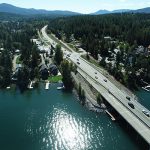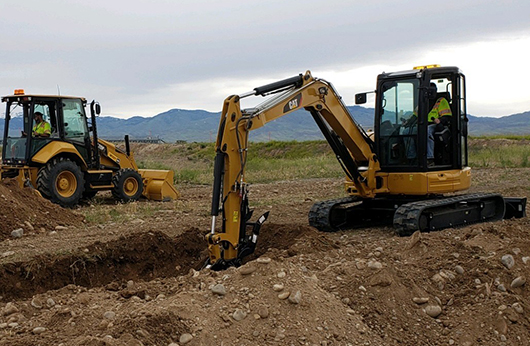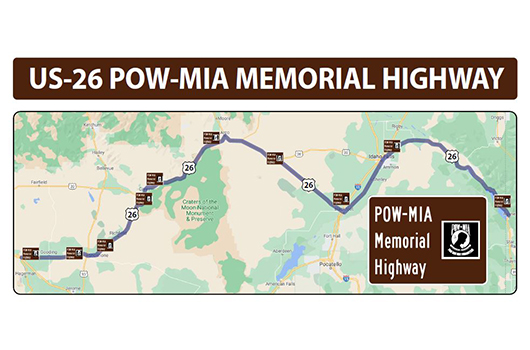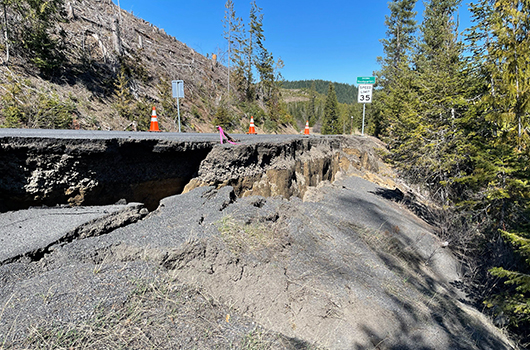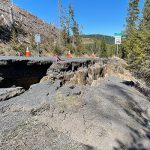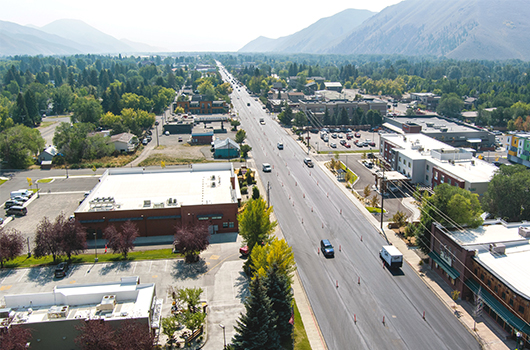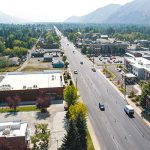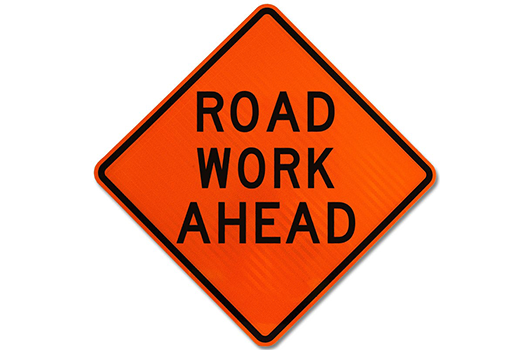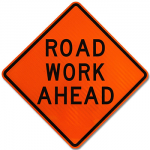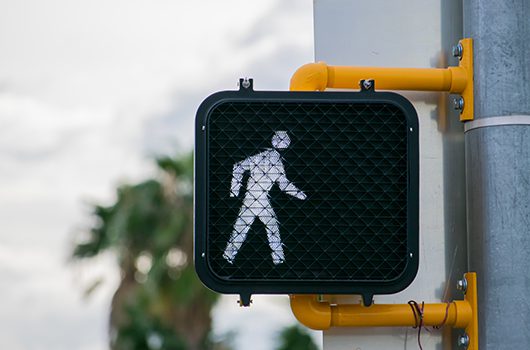Construction continues on US-95 near Sandpoint
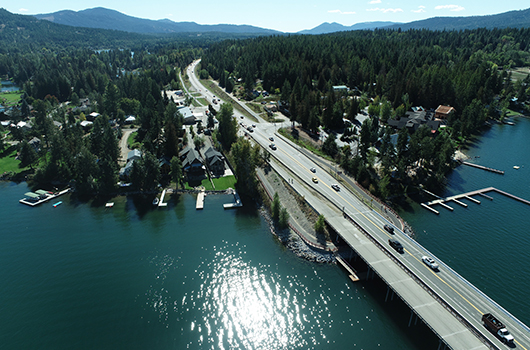
Efforts to improve US-95 near Sandpoint continue, with construction starting tomorrow at the intersection of Lakeshore Drive at the southern end of the Long Bridge.
Over the next six weeks crews will build both southbound and northbound acceleration lanes for traffic turning onto US-95 from Lakeshore Drive.
“The contractor will maintain one lane of traffic in each direction on the highway at all times, so impacts to drivers on US-95 are expected to be minimal,” ITD Project Manager Phil Stout said.
The southern entrance to Smokehouse Road will close for the duration of work.
Crews will also establish turn lanes with new striping on Lakeshore Drive. The existing center turn lane on US-95 will transition to a dedicated turn lane for northbound traffic turning left onto the side street.
“This will be the first phase of improvements for this intersection,” Stout said. “We are currently designing the second phase, tentatively planned for 2022, which could include median U-turns for Lakeshore Drive and/or Bottle Bay Road.”
A signal is also planned with the second phase of improvements a few miles south at the intersection of US-95 and Sagle Road.
“As it’s still in design, what is or isn’t included with the second phase could change,” Stout said. “We plan to host an open house in November once we have a better idea of what will work.”
Visit itdprojects.org/us95lakeshoredrive for more information, and go to 511.idaho.gov for updated traffic impacts.

